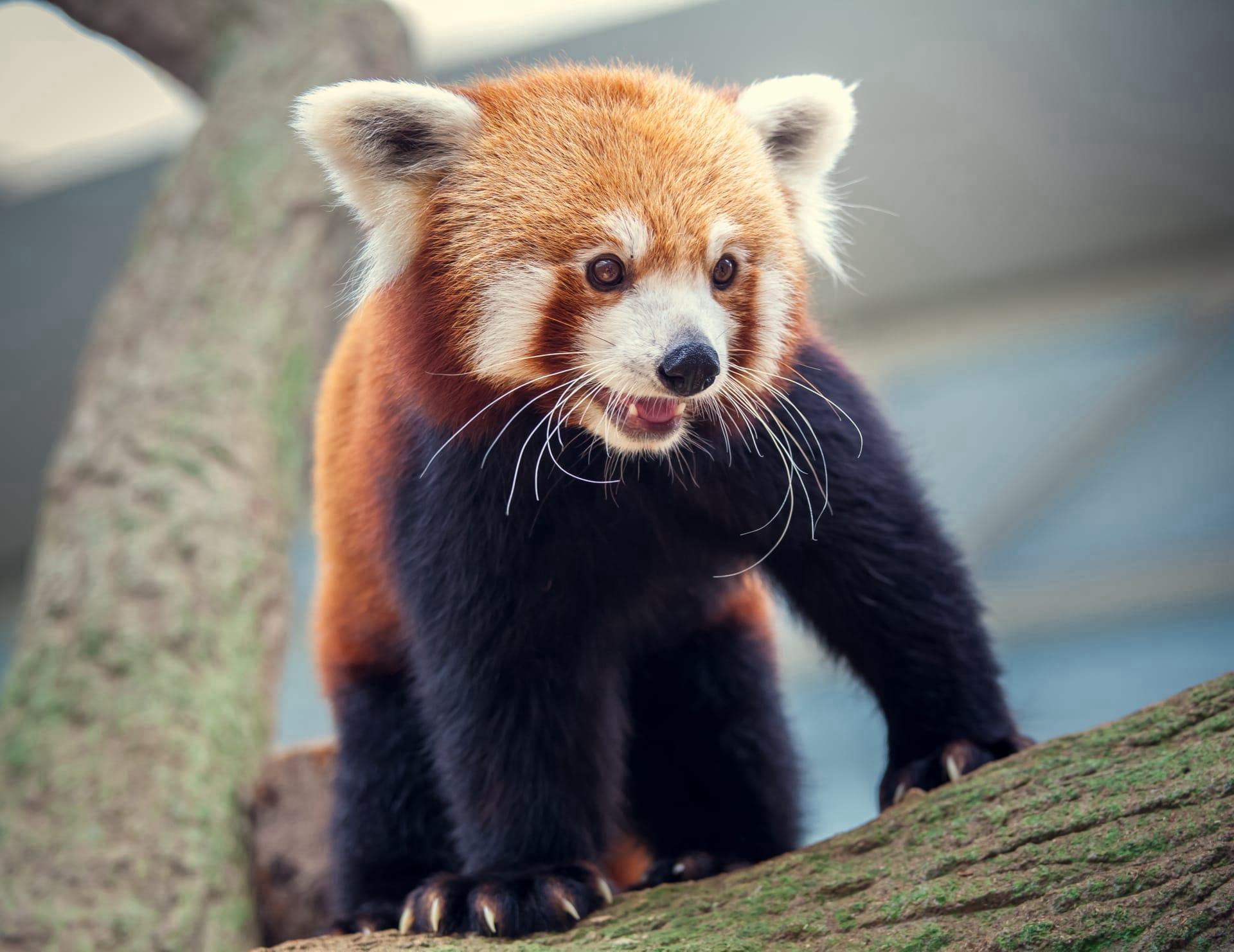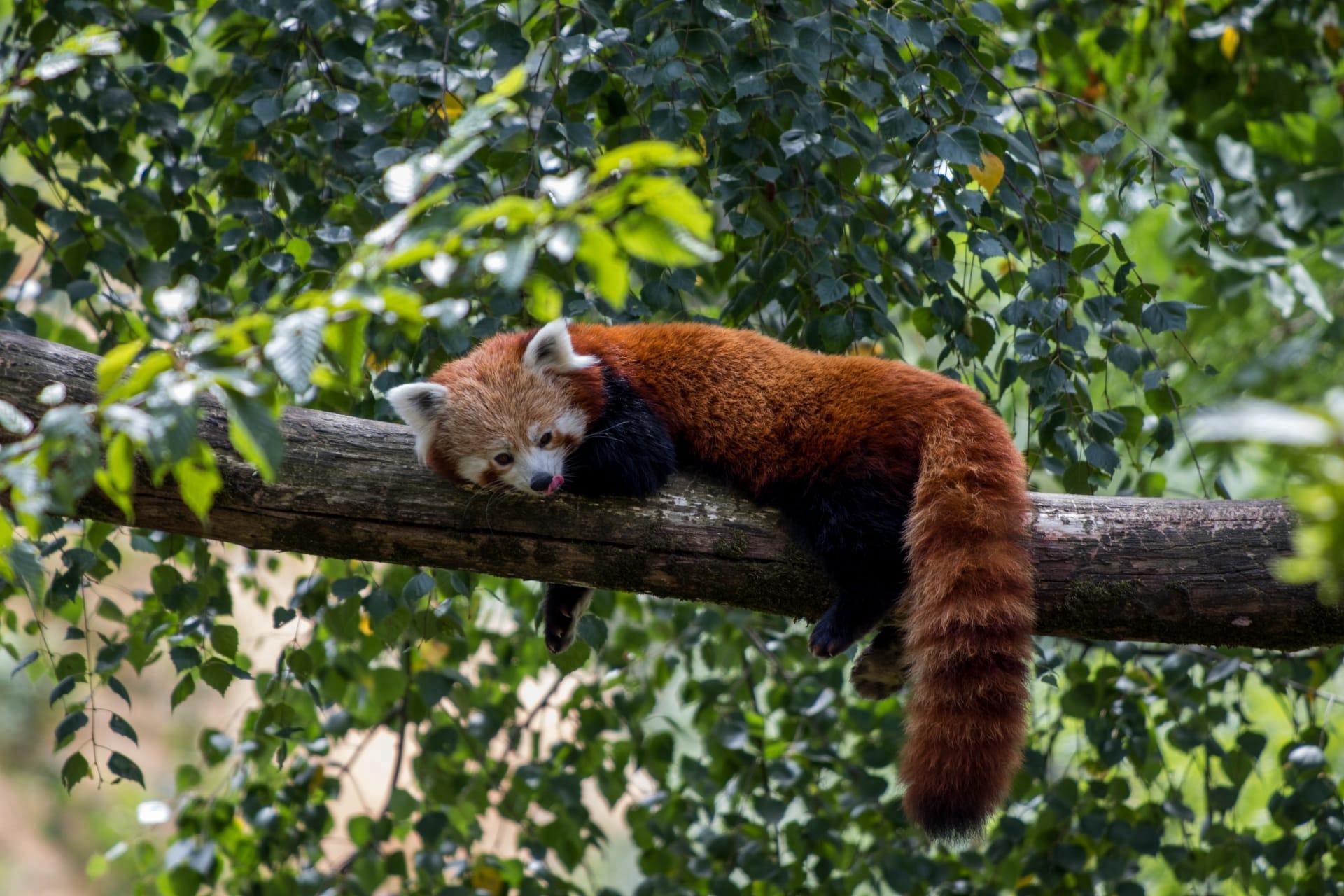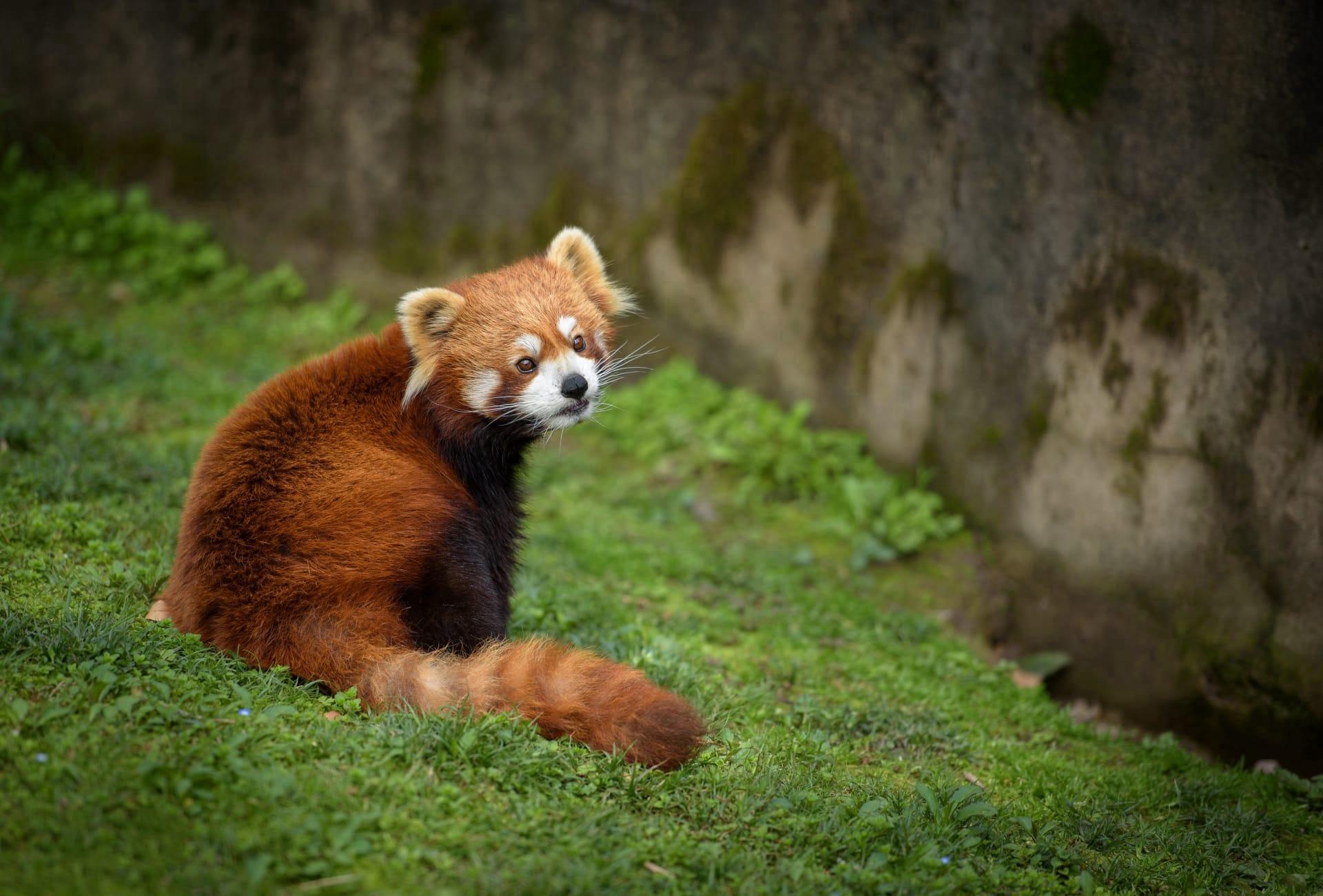Red Panda Characteristics
- Home /
- Mini Encyclopedia /
- Animal /
- Red Panda Characteristics
1
Red pandas, with their adorable faces and bushy tails, are small mammals averaging about 20 to 25 inches in body length, plus a tail length of 12 to 20 inches. Their weight ranges between 12 and 20 pounds, making them similar in size to a large domestic cat. These creatures can live up to 14 years in captivity, though their lifespan in the wild is typically shorter, often around 8 to 10 years. One of the most remarkable features of red pandas is their dense fur coat, which not only provides warmth in their chilly habitat but also offers a striking reddish-brown color that camouflages them among the red mosses and white lichens of their environment.
A distinctive organ of the red panda is their pseudo-thumb, a modified wrist bone that acts almost like an extra digit. This evolutionary adaptation helps them grasp bamboo, their primary food source. The pseudo-thumb, although not as versatile as a true opposable thumb, is a fascinating example of how red pandas have evolved to survive in their specific niche. It allows them to grip and strip bamboo stalks with remarkable dexterity, compensating for their otherwise clumsy paws when it comes to handling their main diet component.

2
Question: What do red pandas primarily eat and how much can they consume in a day?
Answer: Red pandas are mostly herbivorous, primarily feasting on bamboo. However, unlike their distant relative, the giant panda, they have a more varied diet that also includes fruits, acorns, roots, and occasionally insects and small birds. An adult red panda consumes about 20 to 30% of its body weight in bamboo leaves and shoots daily. That’s roughly 2 to 4 pounds of bamboo! They spend a significant portion of their day (up to 13 hours) foraging and eating, which is necessary due to the low caloric content of bamboo.

3
Red pandas are adept climbers, using their strong, curved claws to ascend trees with ease. They are primarily arboreal, spending most of their lives in the trees. This adaptation not only aids in foraging but also offers protection from ground-based predators. They are most active during dawn and dusk (crepuscular), when they navigate through the canopy with agility and grace.
In terms of hunting, red pandas are not typical predators. Their diet primarily consists of bamboo, but they occasionally hunt for insects, bird eggs, and small lizards. Their hunting technique is rather opportunistic, relying on their excellent sense of smell and their ability to move stealthily through the trees to catch unaware prey. They lack the speed or strength of larger predators but make up for it with their specialized feeding habits and agile movements.

4
Red pandas inhabit temperate forests at high altitudes, ranging from 2,200 to 4,800 meters (7,200 to 15,700 feet), primarily in the Eastern Himalayas and southwestern China. These forests are rich in bamboo, providing the red pandas with their necessary diet. The environment is cool and wet, which supports the growth of mosses and lichens that complement their camouflage. Habitat loss and fragmentation are significant threats to their survival, as these forests are declining due to human activities like agriculture and logging.
Red pandas have a unique breeding behavior. They are solitary animals except during the mating season, which occurs from January to March. After a gestation period of about 134 days, females give birth to one to four cubs. The cubs stay with their mother for about a year, during which they learn survival skills and foraging. The young reach sexual maturity at around 18 to 20 months old. This slow reproduction rate, combined with habitat loss, contributes to their status as an endangered species.

5
Book: "The Red Panda: Biology and Conservation of the First Panda" is a comprehensive resource about red pandas. Published in the United States in 2010, it was edited by Angela R. Glatston. This book provides an in-depth look at red panda biology, behavior, conservation efforts, and their role in biodiversity. It's a collaboration of work from numerous experts, making it a valuable resource for anyone interested in wildlife conservation and biology.
Book: Another notable work is "Red Panda: Biology and Conservation of the First Panda" by Angela Glatston, published in the Netherlands in 2011. This book offers a detailed account of red panda ecology, the challenges they face in the wild, and conservation strategies. It serves as a crucial reference for conservationists, providing insights into the life of these elusive creatures and the efforts needed to ensure their survival in the wild.